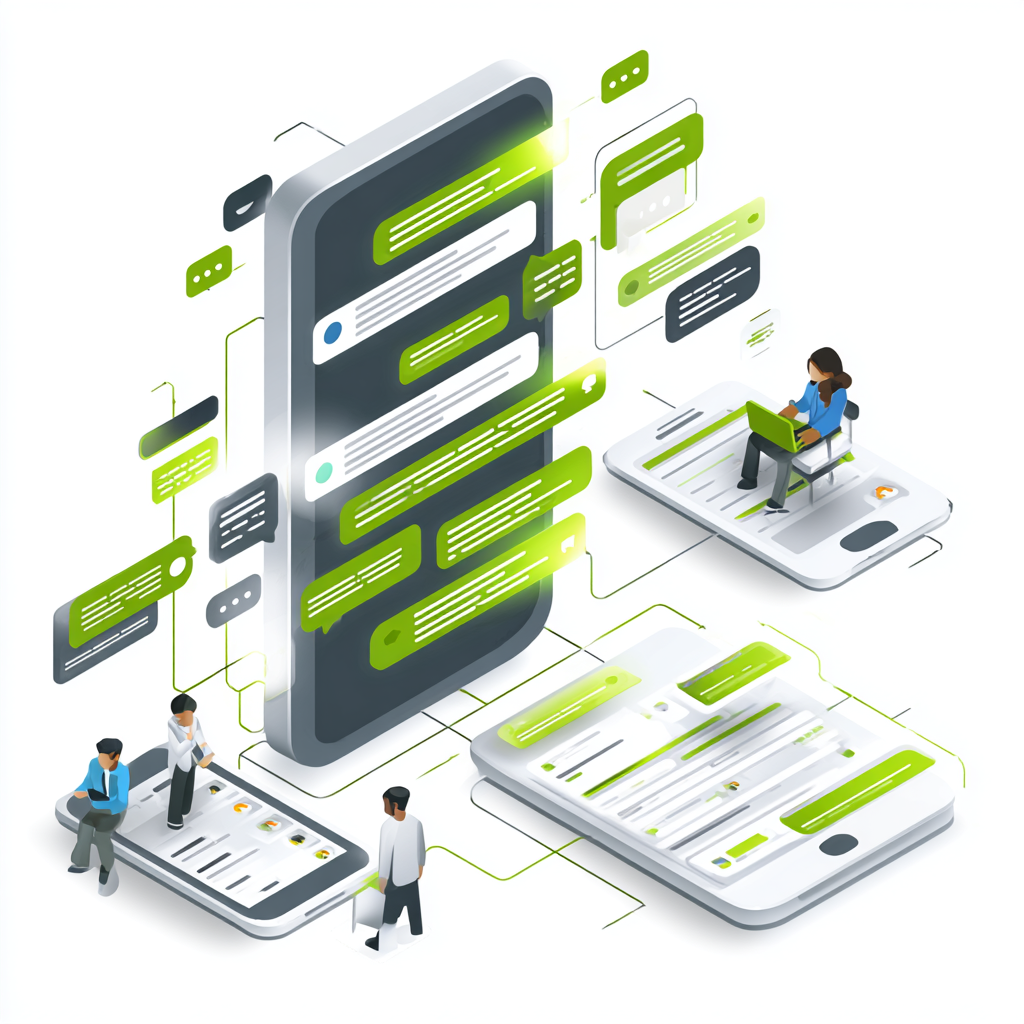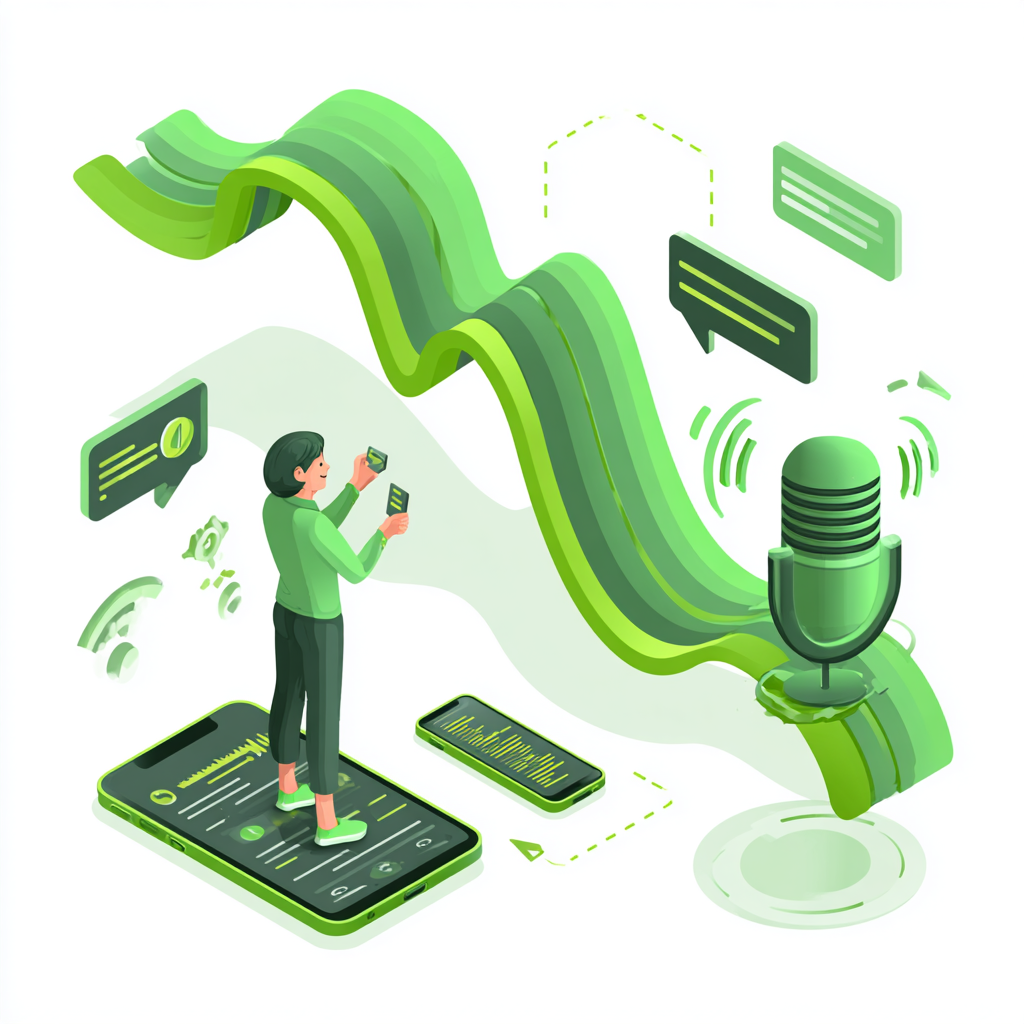Sending out SMS campaigns can produce impressive results. SMS marketing is the way to go, given the rise in technology use and the growing reliance on mobile phones. For many reasons, SMS campaigns work well at generating interaction. Given that 90% of SMS messages 90% are viewed within the first 90 seconds, you can almost always be sure that your customer will see your message. That’s a fantastic result.
Due to its ability to be read more quickly and not often mistaken for spam, bulk SMS campaigns have a higher engagement rate than email marketing and other strategies. Although the numerous advantages of SMS marketing are evident and its success rate high, there are things you must do to get the most out of your campaign.
Case studies of successful bulk SMS campaigns in Ghana
In recent years, bulk SMS campaigns have gained significant pull in Ghana as businesses and organizations leverage this powerful communication tool to reach their target audience effectively. For instance, [Company A] used SMS campaigns to increase customer engagement by 40%, and [Company B] saw a 25% boost in sales through their SMS promotions. Below are case studies of these successful bulk SMS campaigns in Ghana, highlighting the strategies, outcomes, and lessons learned from each campaign.
Before looking into specific case studies, it’s essential to understand the context and significance of bulk SMS campaigns in Ghana. With widespread mobile phones and a digitally savvy population, SMS remains a preferred communication channel for reaching diverse audiences across urban and rural areas in Ghana.
Case Study 1: Retail promotion campaign
Background and objectives
The leading retail chain’s promotional campaign aimed to boost sales and foster long-term customer loyalty and engagement. By offering exclusive discounts through SMS vouchers, the campaign sought to drive foot traffic, increase the average transaction value, and gather valuable customer data for future marketing purposes.
Strategy and Implementation
The retail chain employed A/B testing based on initial segmentation and personalization strategies. In this method, you can compare two campaign versions to see which performs better to refine messaging and offers for different customer segments. SMS delivery timing was optimized based on customer behavior patterns and store operating hours. The campaign also integrated SMS redemption tracking to measure the impact of SMS vouchers on in-store conversions.
Outcomes and impact
It revealed an understanding of customer preferences and response mechanisms. The initial results showed a 30% increase in foot traffic and a 20% boost in sales revenue. However, a more detailed analysis uncovers insights into customer journey mapping, conversion funnels, and the importance of SMS in omnichannel marketing strategies. For example, the SMS campaign increased foot traffic and led to a 15% increase in online sales, demonstrating the campaign’s effectiveness across multiple channels.
Lessons learned and future strategies.
The retail chain used insights from the SMS campaign to enhance customer experience, refine their product, and tailor promotional strategies for specific customers. Future strategies include incorporating SMS feedback from customers, elements of games, and loyalty rewards to encourage customer engagement and approval further.
Case Study 2: Health awareness campaign.
Background and objectives
In addition to raising awareness about preventive health measures, A healthcare NGO’s campaign aimed to drive behavior change, encourage regular health screenings, and foster community participation in healthcare initiatives.
Strategy and Implementation
Expanding on the initial strategies, the NGO utilized SMS surveys to gather feedback on health knowledge, attitudes, and behaviors among target communities. Interactive SMS quizzes and health tips were added to maintain ongoing engagement and reinforce key messages between health screenings.
Outcomes and impact
The campaign’s outcomes highlighted increased participation in health screenings, improved health literacy, behavior change, and community empowerment. Combining SMS with on-ground initiatives and community partnerships, the campaign’s approach contributed to sustainable impact and long-term health benefits.
Lessons learned and future strategies.
The NGO’s success in leveraging bulk SMS for health awareness paved the way for scaling initiatives, replicating best practices in other regions, and forging strategic collaborations with local healthcare providers, government agencies, and community leaders.
Case Study 3: Political campaign messaging
Background and objectives
A political party’s SMS campaign aimed to mobilize supporters and drive voter turnout, foster dialogue, gather feedback, and build a digital grassroots movement in Ghana.
Strategy and Implementation
In addition to SMS announcements and event invitations, the party utilized SMS polls, surveys, and feedback to gauge voter sentiment, understand key issues, and tailor campaign messaging. Social media integration and SMS-driven activism campaigns boosted the party’s reach and engagement among tech-savvy youth demographics.
Outcomes and impact
The political SMS campaign revealed increased turnout and engagement and enhanced transparency, accountability, and citizen participation in democratic processes.
Lessons learned and future strategies.
Building on this success, future campaign strategies may include:
- Geo-targeted SMS.
- Micro-targeting based on voter personas.
- Sentiment analysis for real-time campaign optimization.
Case Study 4- Pizza delivery campaign
Background and objectives
Domino’s Pizza is one of the leading pizza delivery and takeout companies in Ghana and the world. Domino Pizza saw that more customers prefer ordering from their phones. Knowing that the target market, particularly millennials and Gen Z, values speedy and easy ordering, Domino’s set out to design an innovative and user-friendly ordering experience for its customers.
Strategy and Implementation
Domino’s Pizza launched the “Easy Order” system to improve customer satisfaction and simplify ordering. Customers could place an order using this creative approach by only sending an SMS with a pizza emoji. To begin ordering, customers must register for an “Easy Order” account on the Domino’s website. They can identify their regular order and set up payment choices in this account.
Customers can initiate the order process by texting a pizza emoji to a designated number after creating the “Easy Order” profile. The consumer received a confirmation message from Domino’s, and their profile’s saved settings are used to process the order. This strategy used SMS as a communication tool and the widespread acceptance of emojis as a common form of expression, especially among younger audiences.
Outcomes and impact
The “Easy Order” ad proved a considerable success for Domino’s Pizza. Not only did it create a great deal of media attention, but it also resulted in an actual sales boost. Domino’s successfully eliminated obstacles that would discourage a potential order by streamlining the ordering procedure to a single emoji.
Case Study 5- Automobiles campaigns
Background and objectives
Ford Motor Company, a prominent global automobile manufacturer with a solid presence in Ghana, aimed to enhance its sales figures and foster customer engagement by organizing a special sales occasion. To draw in potential customers, they tried to convey a sense of exclusivity and urgency.
Strategy and Implementation
Ford sent individualized invitations via SMS campaigns to potential customers who had previously expressed interest in their cars. The message included details regarding an exclusive sales event with great discounts. People who received the SMS invitation were informed that showing it at the event would automatically enter them into a drawing, adding an element of excitement with the chance to win a prize.
Outcomes and impact
In the automotive business, Ford’s SMS campaign effort generated a 15% conversion rate, which is seen as highly successful. Recipients found the attraction of exclusivity, immediacy, and the extra motivation of a prize to be convincing. Through this campaign, Ford discovered that an SMS campaign can be incredibly successful when paired with thoughtful incentives and an air of exclusivity. It also highlighted how crucial customization is to giving prospective clients a sense of importance.
Conclusion
These case studies on SMS marketing show how successful SMS marketing can be, emphasizing how important it is to understand your target market, tailor your messaging, and provide timely and relevant messages. Important lessons include segmenting your audience, establishing uniqueness and urgency, and automating and personalizing SMS marketing with your current systems. Businesses can make their text message campaigns work better by looking at these real-life examples and learning from them. As we look to the future, SMS marketing can help your company reach even more significant potential if you work with an experienced bulk SMS provider.





